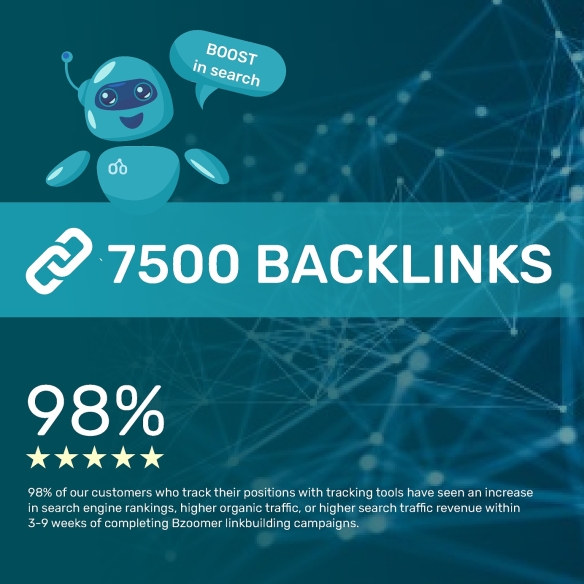Are you ready to dive into the exciting world of car sales? Acquiring a car dealer license is the key that unlocks the doors to this thrilling industry. From buying and selling vehicles to building a successful dealership, having a dealer license opens up a world of opportunities. Let's take a concrete and original journey through the steps to obtain your car dealer license.
Step 1: Determine Licensing Requirements
The first step is to research and understand the licensing requirements specific to your state. Each state has its own regulations and guidelines for obtaining a car dealer license. Contact your local Department of Motor Vehicles (DMV) or visit their website to access comprehensive information on the process.
Step 2: Choose Your Dealer Type
Car dealer licenses come in various types, such as new car dealerships, used car dealerships, wholesale dealers, and more. Decide on the type of dealership that aligns with your interests and market demand. Your choice will affect the application process, the inventory you can sell, and the target audience you cater to. How to get a car dealer license.
Step 3: Prepare the Necessary Documents
Gather all the required documents for your application. Common documents include a completed license application, proof of business location, liability insurance, sales tax permit, and any necessary bonds or surety.
Step 4: Secure a Business Location
Having a physical business location is a crucial requirement for most states. Ensure your chosen location meets the minimum lot size and office space specifications. Your business location serves as the foundation for your dealership operations.
Step 5: Attend Pre-Licensing Courses (if applicable)
Some states mandate pre-licensing courses for aspiring car dealers. These courses provide essential knowledge about the automotive industry, sales techniques, and legal responsibilities. If required, enroll in these courses to gain valuable insights and certification.
Step 6: Submit Your Application
With all your documents in order, submit your license application to the appropriate authority. Pay the necessary application fees and await processing. The timeline for approval may vary depending on your state.
Step 7: Pass Background Checks
Many states conduct background checks on applicants to ensure their suitability for a car dealer license. These checks typically include criminal history and financial standing verification.
Step 8: Obtain Dealer Bonds (if necessary)
Certain states require car dealers to obtain dealer bonds as a form of consumer protection. A dealer bond acts as a guarantee that you will comply with state laws and conduct ethical business practices.
Step 9: Get Dealer License Insurance
Before your license is finalized, you will need to secure dealer license insurance. This insurance provides coverage for the vehicles in your inventory, protecting you against potential losses.
Step 10: Attend Dealer Orientation (if required)
In some states, new car dealers may be required to attend a dealer orientation program. This program familiarizes dealers with their responsibilities, consumer protection measures, and state laws.
Step 11: Celebrate Your Success!
Once you've completed all the necessary steps and your application is approved, congratulations! You are officially a licensed car dealer. Your hard work has paid off, and you're ready to embark on a thrilling journey in the automotive industry.
In conclusion, the path to obtaining a car dealer license involves specific and tangible steps that vary by state. By understanding and following these steps, you'll pave the way for a successful and rewarding career in car sales. So, buckle up and get ready to drive your dreams as a licensed car dealer!



